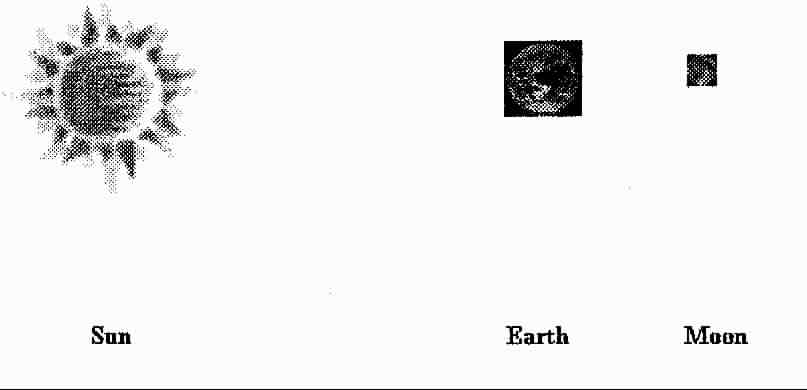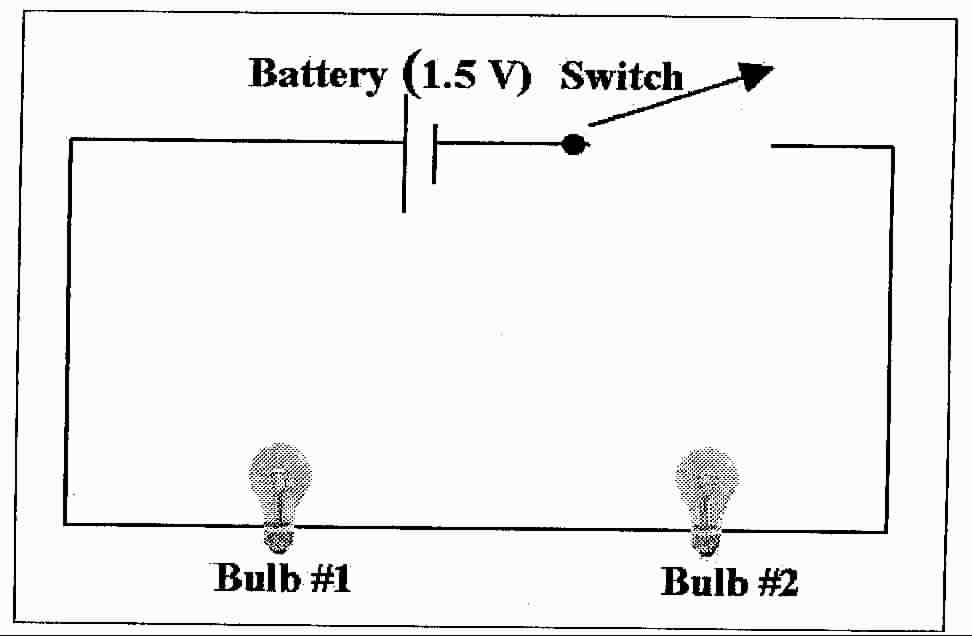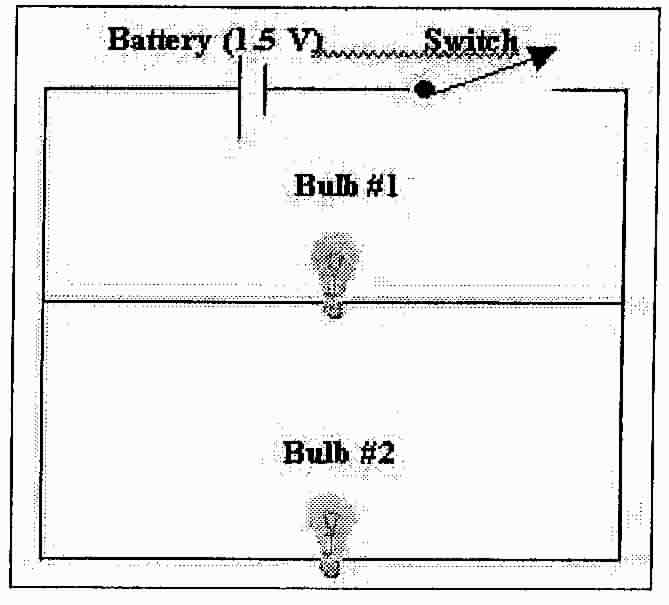
Basic Physical Science Concepts Review Test
You are a space traveler and you have entered a solar system around a star called the Sun. You observe the Sun and one of its nine planets, the Earth, along with its satellite, the Moon. They are lined up in the following order.

1. Observers on the Earth would see which of the following?
You decide to spend time exploring this part of the Milky Way Galaxy and place your space ship in a large orbit around this Sun and its planets. About 29 to 30 days later you notice that the Sun, Earth and Moon are lined up in the following order.

2. Observers on the Earth would see which of the following?
3. It is the 4th of July and you and some friends are at the lake. The temperature is 95° F. It is hotter in the summer because
4. You are a lunar astronomer and you have observed the Moon as it goes through a lunar month. Of the following, which best explains why the Moon goes through the different phases as seen by an observer on Earth?
5. As the space traveler in questions 1& 2 you observe that the closest star to the planet that you have named Earth is
6. Of the following, which best describes an object with a definite shape and volume?
7. The force of gravity between the Earth and an object is its ____________.
8. You determine the mass if 5 pennies to be 12 grams and the volume to be 1.34 millimeters. This mass divided by the volume is equal to 8.96 grams/millimeter. What property of these pennies have you determined?
9. The amount of matter in an object is its
10. You are working in a lab and have dissolved 5 grams of sodium chloride (table salt) in 100 ml of water. Of the following, which best describes the product?
11. Match the following compounds to their chemical formula:
H2SO4 a. ammonium hydroxide
NH4OH b. calcium carbonate
CaCO3 c. glucose
C6H12O6 d. sulfuric acid
12. Lemonade tastes sour because it is
13. Electrons repel each other and protons repel each other, while a proton and electron attract each other. How does the "Big Rule" of electricity and magnetism explain this phenomenon?
13. You touch the red wire of a voltmeter to the anode of a flash light battery, at the same time you touch the black wire to the cathode of the battery. The meter reads 1.5 V. What have you measured?

14. What type of circuit does this illustration represent?
15. If bulb #2 (from previous circuit in questions #14) is removed

16. What type of circuit does this illustration represent?
17. I bulb #2 is removed
18. You observe the following (diagram on next page): As light passes through a convex lens (like a magnifying glass) it converges at on point called a focus or image point. Of the following terms, which one explains this phenomenon?

19. A blue car appears blue because blue light is _______.
20. An object that you see as the color black
21. You are directed to set up an experiment in which you drop, from shoulder height, objects with similar surface areas but different masses, timing how long it takes for each object to hit the floor. Of the following explanations, which best describes your findings?
22. An archer has just released the string on his bow shooting an arrow. Which of the following best describes the energy of the arrow.
23. You are an automobile engineer and you must decide what size engine to install in a large luxury car so that is can accelerate as quickly as a small sports car. Which of the following descriptions of Newton’s laws are you most concerned with?
24. The freezing point temperature of liquid water is
Basic Physical Science Concepts Review Test -
KEYYou are a space traveler and you have entered a solar system around a star called the Sun. You observe the Sun and one of its nine planets, the Earth, along with its satellite, the Moon. They are lined up in the following order.

1. Observers on the Earth would see which of the following?
You decide to spend time exploring this part of the Milky Way Galaxy and place your space ship in a large orbit around this Sun and its planets. About 29 to 30 days later you notice that the Sun, Earth and Moon are lined up in the following order.

2. Observers on the Earth would see which of the following?
3. It is the 4th of July and you and some friend are at the lake. The temperature is 95° F. It is hotter in the summer because
4. You are a lunar astronomer and you have observed the Moon as it goes through a lunar month. Of the following, which best explains why the Moon goes through the different phases as seem by an observer on Earth?
5. As the space traveler in questions 1& 2 you observe that the closest star to the planet that you have named Earth is
6. Of the following, which is best describes an object with a definite shape and volume?
7. The force of gravity between the Earth and an object is its ____________.
8. You determine the mass of 5 pennies to be 12 grams and the volume to be 1.34 millimeters. This mass divided by the volume is equal to 8.96 grams/millimeter. What property of these pennies have you determined?
9. The amount of matter in an object is its
10. You are working in a lab and have dissolved 5 grams of sodium chloride (table salt) in 100 ml of water. Of the following, which best describes the product?
11. Match the following compounds to their chemical formula:
d. H2SO4 a. ammonium hydroxide
a. NH4OH b. calcium carbonate
b. CaCO3 c. glucose
c. C6H12O6 d. sulfuric acid
12. Lemonade tastes sour because it is
13. Electrons repel each other and protons repel each other, while a proton and electron attract each other. How does the "Big Rule" of electricity and magnetism explain this phenomenon?
13. You touch the red wire of a voltmeter to the anode of a flash light battery, at the same time you touch the black wire to the cathode of the battery. The meter reads 1.5 V. What have you measured?

14. What type of circuit does this illustration represent?
15. If bulb #2 (from previous circuit in questions #14) is removed

16. What type of circuit does this illustration represent?
17. If bulb #2 is removed
18. You observe the following (diagram on next page): As light passes through a convex lens (like a magnifying glass) it converges at on point called a focus or image point. Of the following terms, which one explains this phenomenon?

19. A blue car appears blue because blue light is _______.
20. An object that you see as the color black
21. You are directed to set up an experiment in which you drop, from shoulder height, objects with similar surface areas but different masses, timing how long it takes for each object to hit the floor. Of the following explanations, which best describes your findings?
22. An archer has just released the string on his bow shooting an arrow. Which of the following best describes the energy of the arrow.
23. You are an automobile engineer and you must decide what size engine to install in a large luxury car so that is can accelerate as quickly as a small sports car. Which of the following descriptions of Newton’s laws are you most concerned with?
24. The freezing point temperature of liquid water is
[ Reading and Language ] [ Social Studies ] [ Math ] [ Physical Science ] [ Professional Knowledge ]